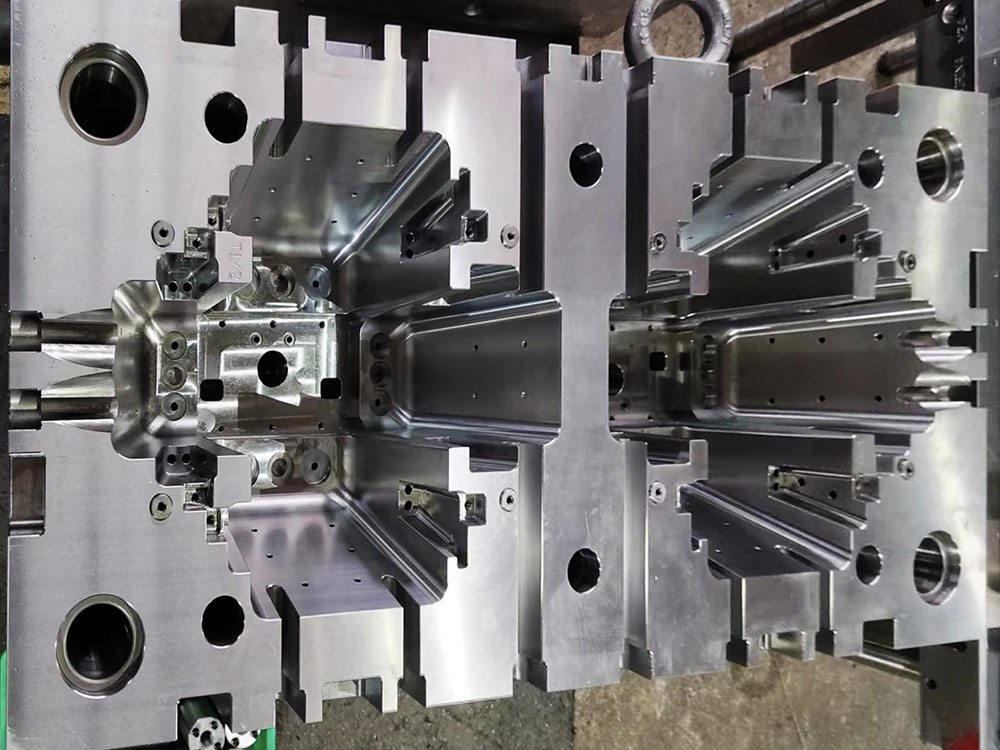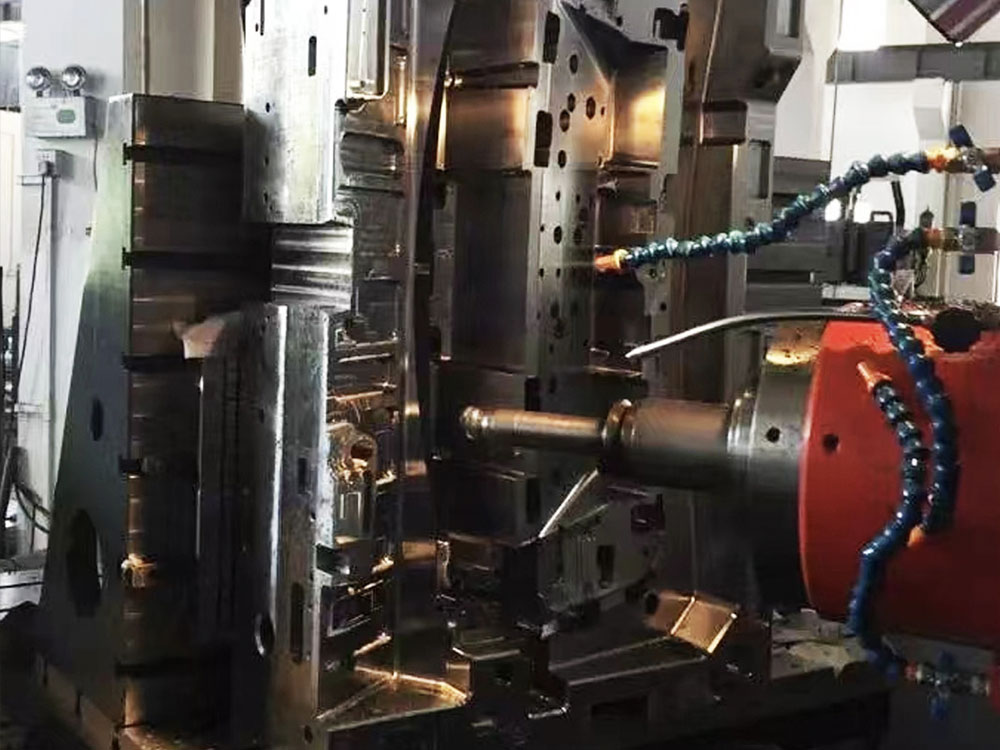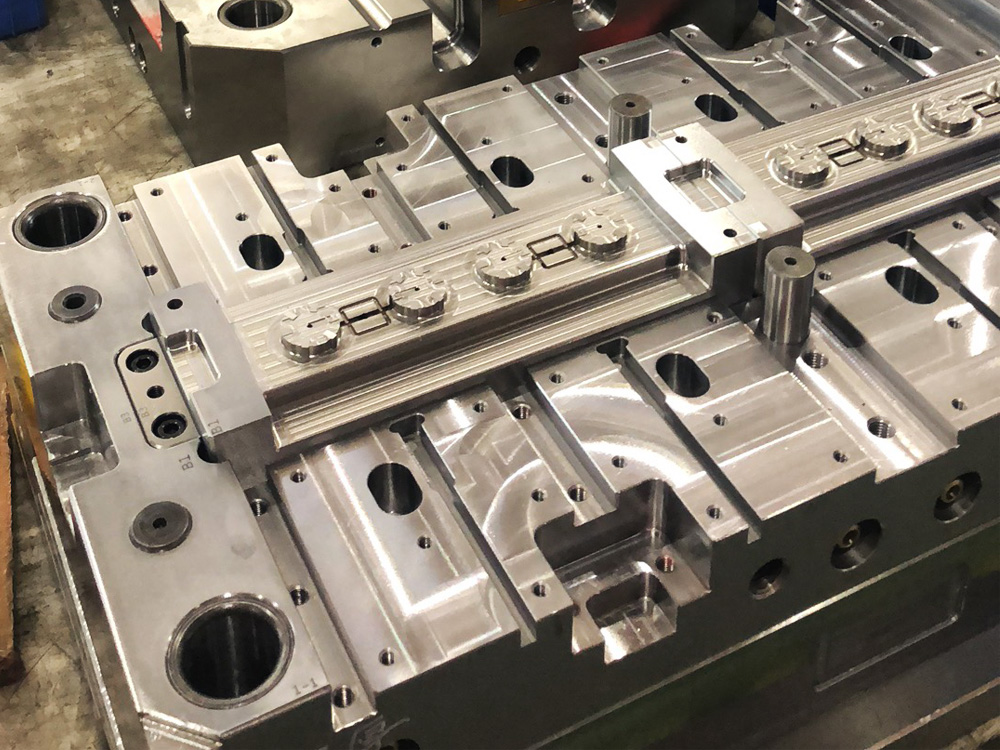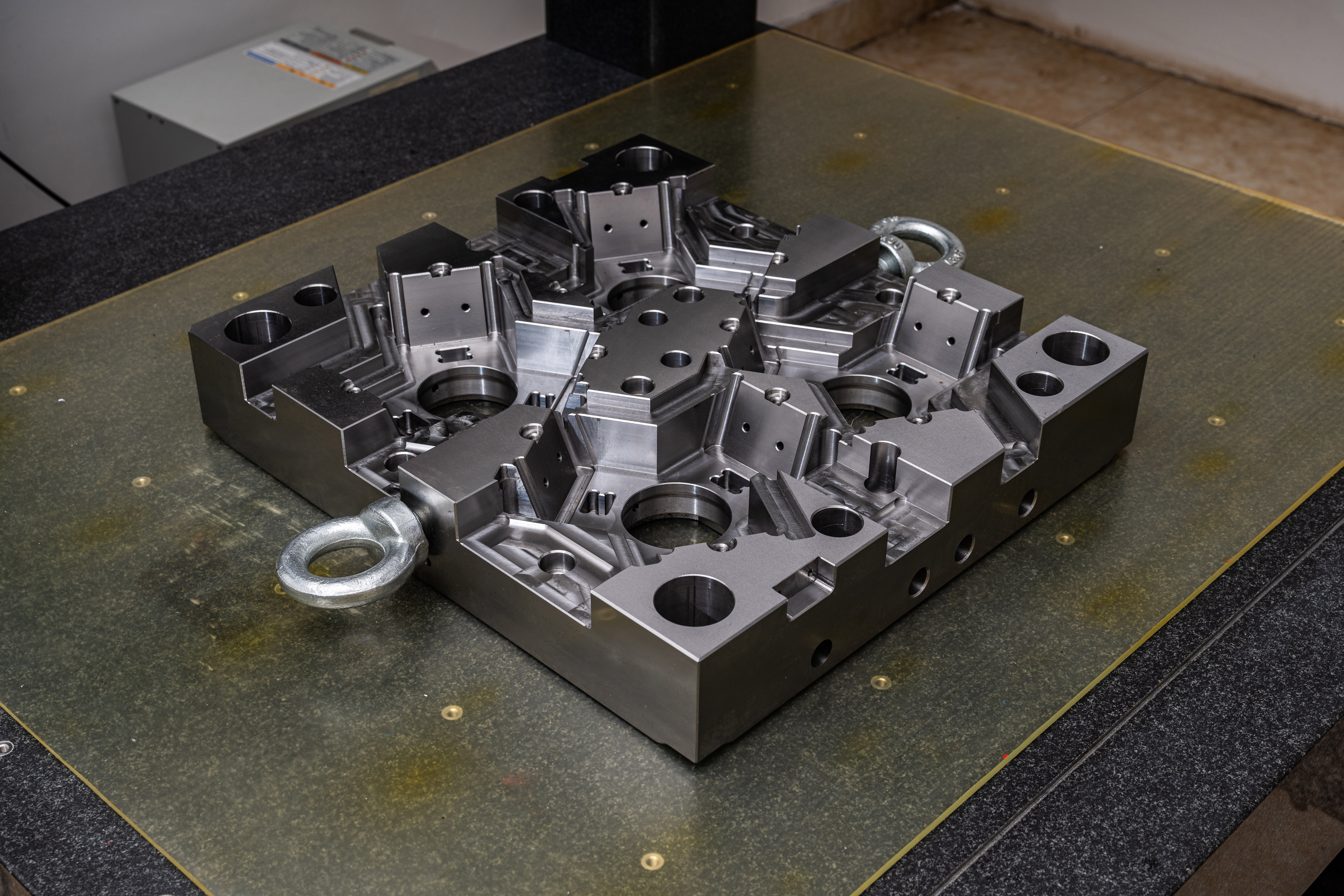Interpreting the Diagram for the Connection between an Oil Tank and a Mold Frame in the Mold Base Industry
In the field of mold base manufacturing, an essential element in the equipment setup is the connection between an oil tank and a mold frame. This connection determines the efficiency and effectiveness of oil flow, ensuring proper lubrication of the mold components and enabling smooth operations. In this article, we will delve into interpreting the diagram that illustrates this connection, providing a comprehensive understanding of its components and functionalities.
The diagram typically consists of various components, including pipes, valves, filters, and pressure gauges. Each component plays a crucial role in establishing a well-designed connection system. Understanding these components and their functions is essential for professionals in the mold base industry to optimize mold performance and minimize downtime. Let's explore each component in detail:
Pipes:
The pipes in the diagram act as conduits for oil flow between the oil tank and the mold frame. They are usually made of high-quality materials, such as stainless steel, to ensure durability and resistance to corrosion. The size and configuration of the pipes may vary based on the specific requirements of the mold base system.
Valves:
Valves are crucial components in the oil tank and mold frame connection diagram. They control the flow of oil and enable operators to start, stop, or adjust the oil supply as needed. Different types of valves, such as ball valves, gate valves, or globe valves, may be used in the connection system, depending on the specific application.
Filters:
Filters play a vital role in the connection system as they help remove impurities and contaminants from the oil before it reaches the mold components. These filters prevent damage to the mold surface and ensure the longevity of the mold base. It is important to regularly maintain and replace filters to maintain optimal oil quality.
Pressure Gauges:
Pressure gauges are critical for monitoring the oil pressure within the connection system. They provide real-time information about the oil flow, allowing operators to identify any abnormalities or deviations. Proper monitoring and control of the oil pressure are essential for maintaining consistent lubrication and preventing potential issues such as excessive wear or damage to the mold base.
By studying and understanding the components and functionalities in the diagram for the connection between an oil tank and a mold frame, professionals in the mold base industry can effectively design, set up, and monitor the oil flow system. This understanding enhances mold performance, reduces maintenance requirements, and ensures the longevity of the mold base.
In conclusion, the interpretation of the diagram for the connection between an oil tank and a mold frame in the mold base industry is essential for professionals to optimize mold performance. The pipes, valves, filters, and pressure gauges within the connection system all contribute to efficient oil flow and lubrication, ultimately ensuring smooth operations and minimizing downtime. Continual monitoring and maintenance of the connection system are critical to prevent any potential issues and maximize the lifespan of the mold base.




